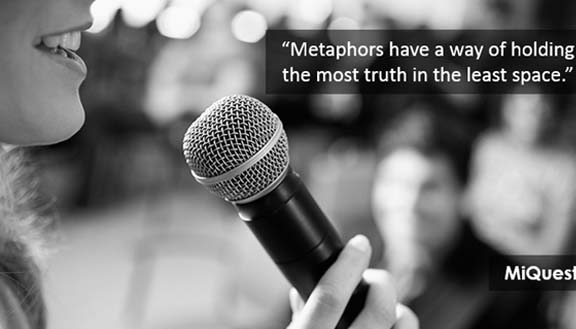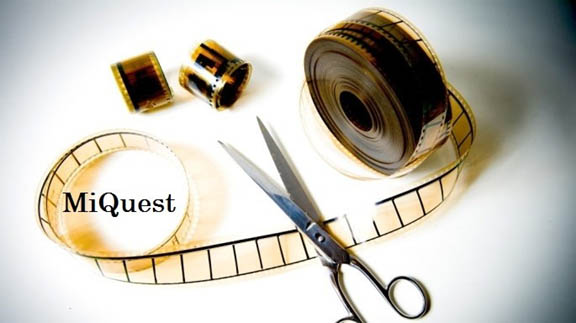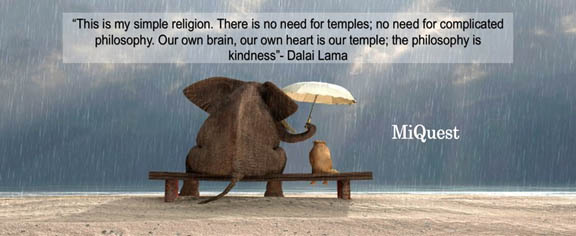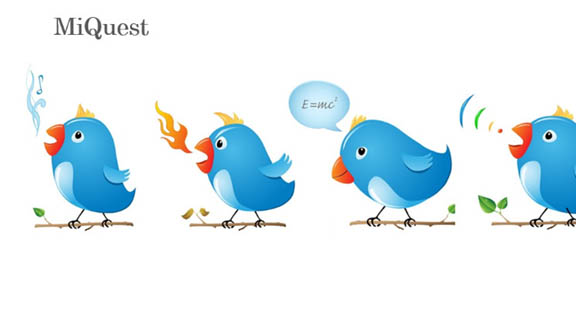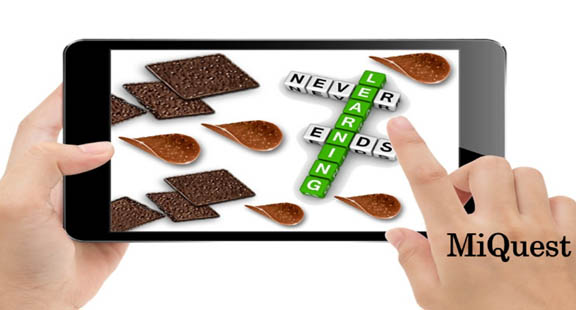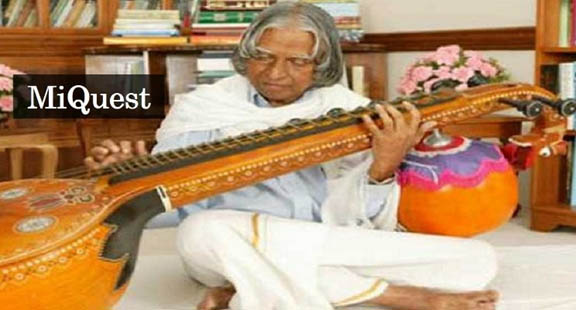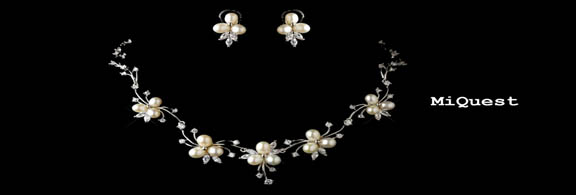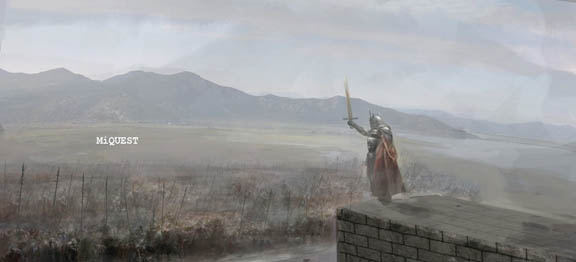What’s training got to do with music, dance and art?
21.09.2018

Well quite a bit, actually
Connecting to the emotional chord of a learner is the fundamental step in the tango with her.
We feel first and then think, so why do we define theories with words to begin with? Because it’s so damn easy!
Try designing a workshop with no content and only pictures and you would know what I mean
The human spirit needs Art.
Art makes you think . It is abstract and yet gently provokes the mind, heart and soul.
It makes you wonder at what is beyond.. it makes you laugh, it can make you weep and it can bridge the gap between the teacher and the learner. A great leveller indeed.
Somewhere we lose our childlike qualities and just grow up too fast.
The curiosity fades, there is no spring in the step and we are constantly seeking approval and recognition.
Our vulnerabilities are cloaked in a swagger and a studied nonchalance.
We smart with anger when proved wrong and go blue in the face!
To regain our lost ability to think different and “see” from the point of view of a learner, requires courage.
Courage to acknowledge that it is me and not the learner who is responsible for a know-how transfer.
Courage to fail and bounce back with the resilience of the willow in a storm.
Integrating Art into a training design with the learner as the fulcrum requires one to let go. Let go of uncertainty, let go of regimented thought processes.
Art demands invisible links, a discovery of meaning through challenging layers of interpretation.
Thus complexity is whittled down to crystal clear understanding through the prism of colours, melodic notes, theatre, the twirls of a Kathak dancer…whatever
The possibilities are endless
A word of caution - keep the balance in mind as you follow your artistic path, frameworks are crucial, a synthesis of substance and style needs careful consideration.
“The Principles of Art is not to portray but to evoke”





